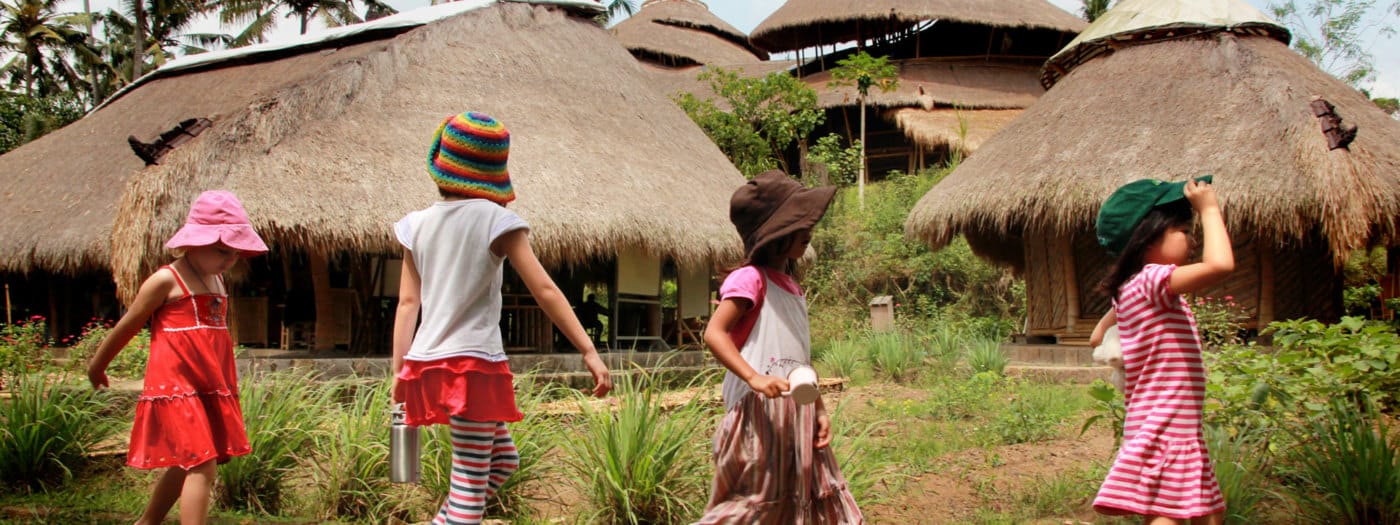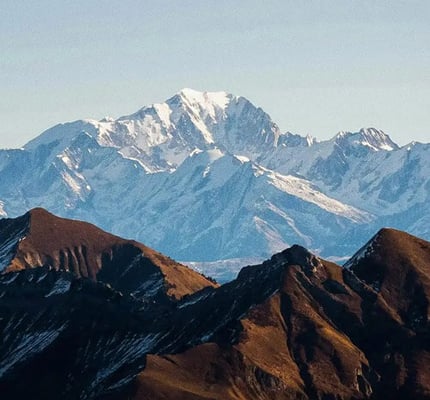Lightfoot Travel
WhatsApp Business Account

When young Canadian art graduate John Hardy ran away to in Bali at the age of 25, little did he know that it would bring him not one adventure in his life, but two… Smitten with the work of the Balinese artisans, Hardy started to learn more about their techniques. With his new wife Cynthia, he went onto launch a jewellery company specialising in silverwork. Their innovative designs matched with age-old techniques was a potent combination and it wasn’t long before their eye-catching pieces were sold on the glittering streets of Manhattan at Bloomingdale’s, Nordstrom and Saks Fifth Avenue. For the next 20 years, the Hardys would turn their small workshop into an international company. It was says John Hardy: “A fairy tale”.
While the world clamoured to own their pieces, the designers chose not to leave Bali. In 2007, Hardy was ready to retire, but then his wife took him to see Al Gore’s film “An Inconvenient Truth” and he soon realised that he was about to start his next adventure. “My wife ruined my life by taking me to see that film,” says Hardy. “I have four kids, and even if part of what he says is true, they’re not going to have the life that I had. And I decided at that moment that I would.
Hardy knew that if you want people to save the planet, it’s about education. But as a child who suffered from dyslexia and went to a school that was built out of the same materials as the local prison and insane asylum it was never one of his favourite places. “My mother revealed that I was the little kid in the village who cried all the way to school,” reveals Hardy.

When faced with an issue, they set about finding a solution. The PVC white boards became car window screens backed with white paper and they switched the rubber skylights for recycled plastic.
While solar panels are scattered throughout the school, the Hardys wanted to run the school using as little energy as possible. The classrooms were built without walls, so that a breeze could run through the building. And on the days when it becomes too hot, the children sit in a huge cotton bubble that only emphasises how the environment will affect them.
While the children learn maths, science, literature, they also learn about ancient Balinese arts, planting rice and embracing the environment, so this is why the Hardys made sure that the school’s garden ran up to the door of every classroom.
But every small – or large – headache has been worth it for this year the Green School celebrates its 10th anniversary. Children from 25 countries are now students at the school and 20 per cent of the children are from Bali. “We believe in educating Bali’s next green local leaders,” says Hardy. “This was a really big commitment. People are coming forward from all over the world to support the Balinese Scholarship Fund, because these kids will be Bali’s next green leaders.”
Hardy never regrets trading his retirement for his second Balinese adventure. He only needs to walk around the school to remind him why he and his wife chose to build the Green School. “The students are kind of microcosm of the globalized world. When I see them together, I know that they’re working out how to live in the future.”
For more information on Green School visit www.greenschool.org
Phnom PenhCambodia's CoastKoh Kong
Petra, Wadi Rum & Dana Nature ReserveAmman & the Dead Sea
View Petra’s Treasury at dawn and dusk
Stay in a luxury tented camp deep in the heart of the Wadi Rum
Meet Bedouin communities and hike through remote wadis
Experience the wonderful sensation of floating in the Dead Sea
Stay at a charming ecolodge in the Dana Nature Reserve, Jordan
